Have you ever caught your cat staring at another feline, and wondered, “Are they about to become best friends or sworn enemies?” The truth is, cats are mysterious creatures, and deciphering their feelings—especially toward other cats—can feel like decoding ancient hieroglyphics. But what if you could finally understand what’s really going on in your cat’s heart? If you’re a cat lover, you know how rewarding it is to see your furry friend happy, relaxed, and maybe even snuggling up with a fellow feline. But how do you really know if your cat likes other cats? Let’s pull back the curtain on feline friendships, decode their secret signals, and reveal the surprising signs that show when your cat is truly enjoying another cat’s company.
Understanding Cat Social Behavior

Cats aren’t as solitary as you might think. While they get a reputation for being independent, many cats actually enjoy socializing—on their own terms. Their social behavior is shaped by their early experiences and personalities. Some cats are born social butterflies, while others are more reserved. It’s important to remember that liking other cats doesn’t always look like cuddling; sometimes, it’s simply coexisting peacefully. Your cat’s background, especially how early they were socialized with other cats, plays a huge part in how they interact now. Kittens raised with siblings often grow into cats who are more open to feline friends. So, if your cat acts standoffish, it’s not always a sign of dislike—it might just be their natural style.
Body Language: The Silent Conversation
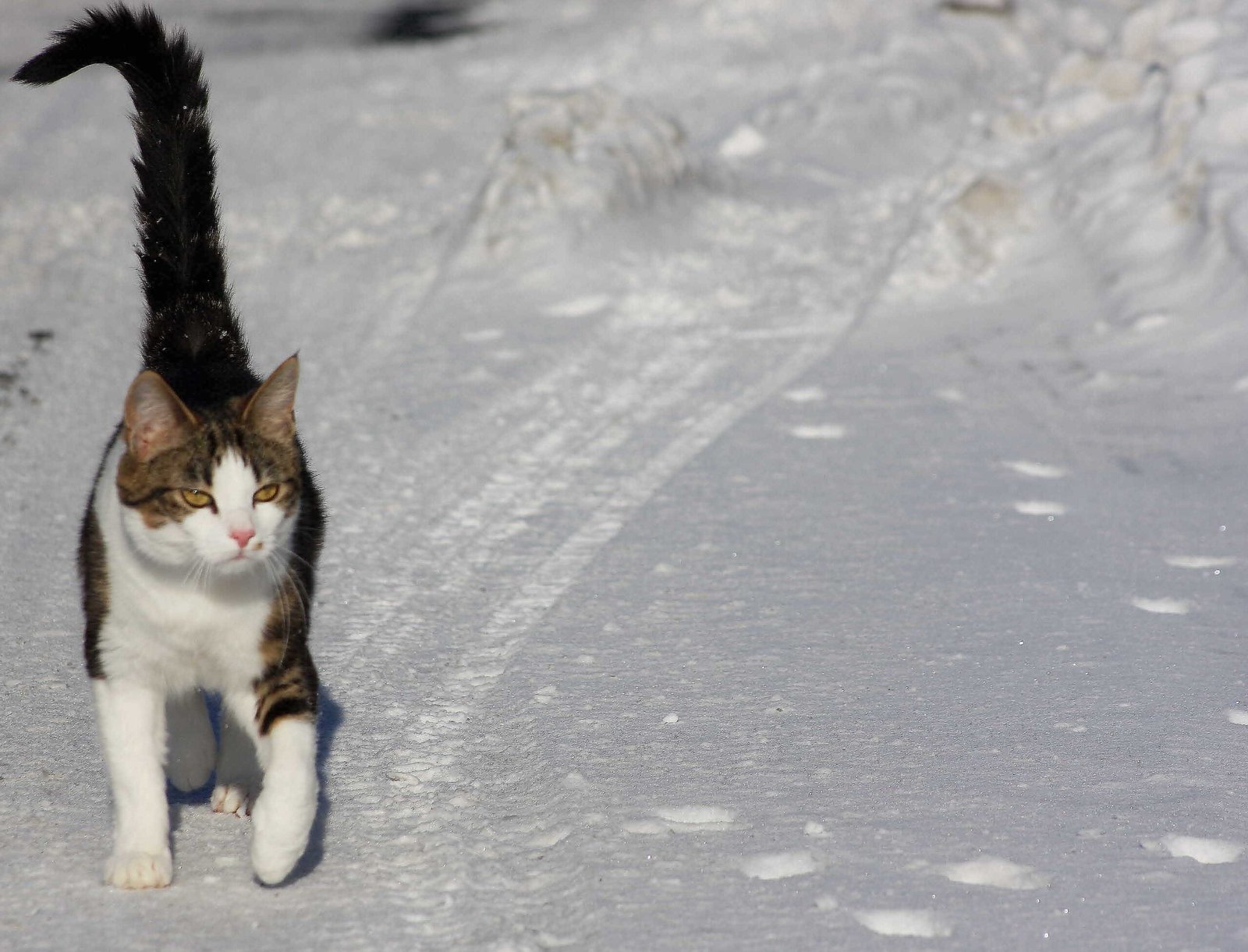
Cats communicate a lot through body language, and their feelings toward other cats are no exception. Look for relaxed postures: a cat lying with its belly exposed or stretched out near another cat is a strong signal of comfort. Ears pointing forward, eyes softly blinking, and a gentle tail flick all suggest positive vibes. If you catch your cat sitting with its back half-turned but not tense, that’s like a polite “I’m cool with you.” On the flip side, stiff bodies, pinned-back ears, and rapidly twitching tails are clear red flags. Cats won’t always vocalize their feelings, so learning to read these silent cues is key to understanding their social preferences.
Slow Blinking: Cat Smiles
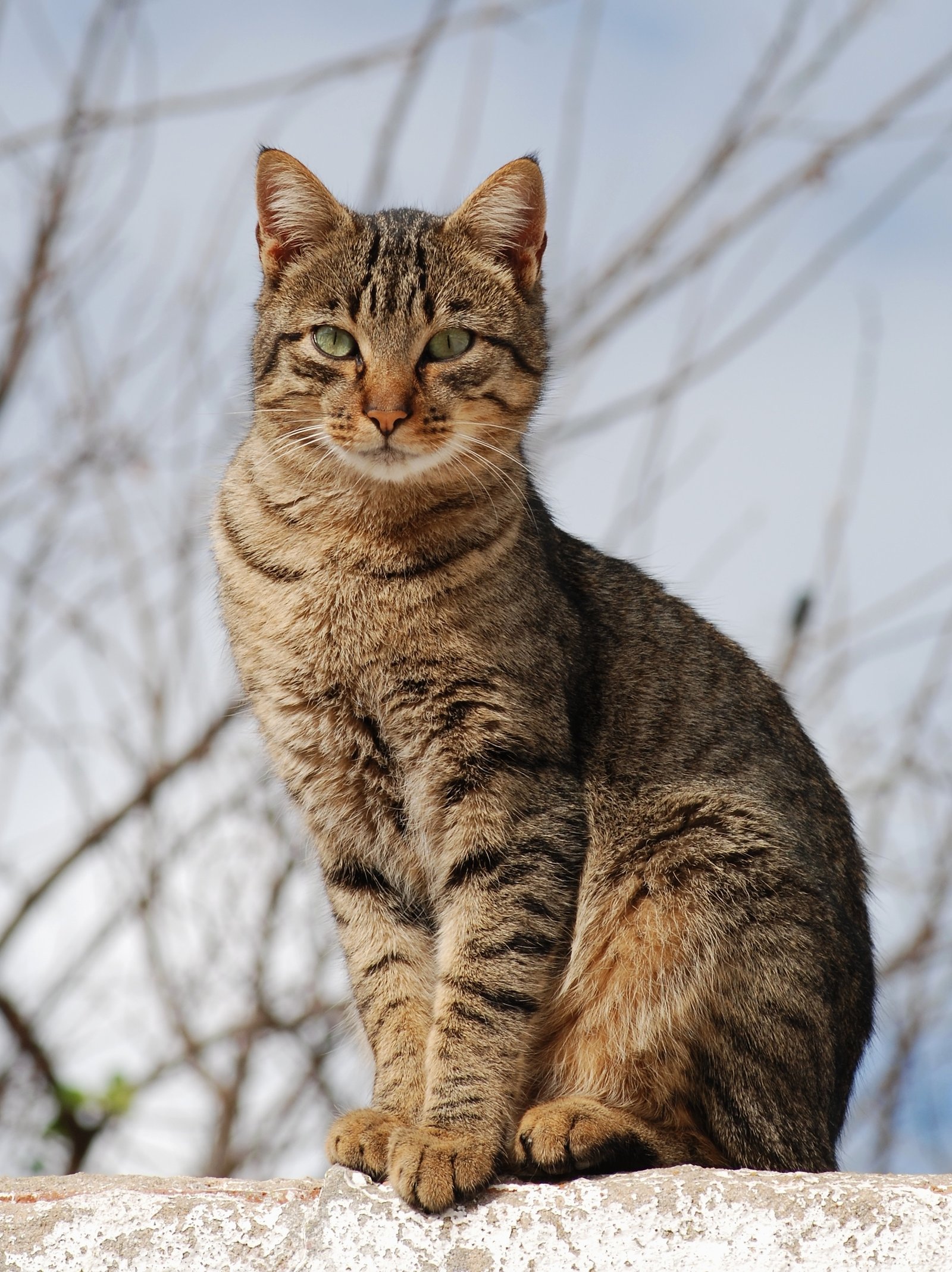
When your cat slowly blinks at another cat, it’s like a feline smile—a true gesture of trust. If you see your cat and another engaging in a blinking exchange, it’s a huge sign they’re comfortable and possibly even affectionate. This slow blink is a way cats say, “I trust you, and I don’t see you as a threat.” When two cats blink at each other, it’s almost like a secret handshake. Try slow-blinking at your cats and see if they respond—it’s oddly heartwarming, and you might catch them sharing this gesture with a feline friend.
Grooming: Sharing the Love
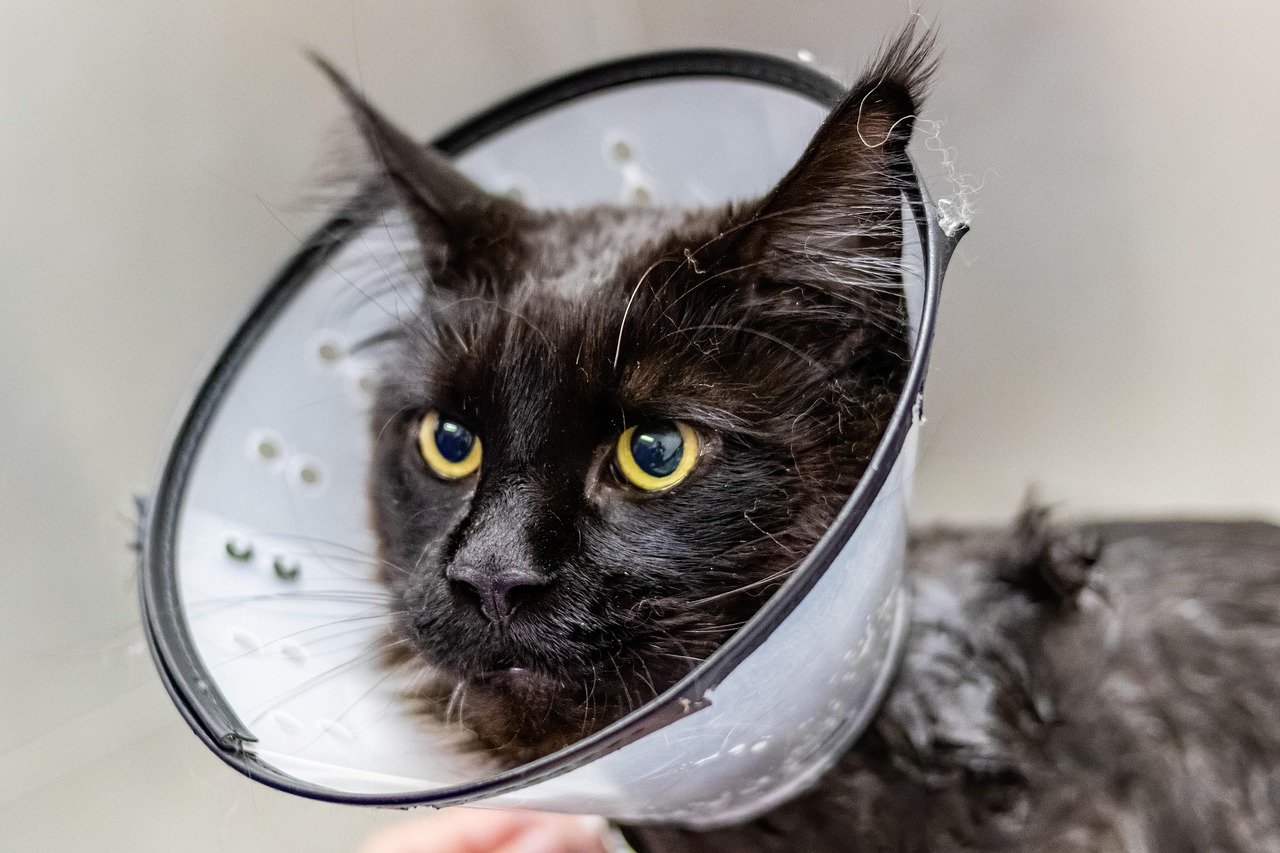
Mutual grooming, or “allogrooming,” is a strong indicator that your cats like each other. When cats lick each other’s faces or ears, it’s not just about cleanliness—it’s about bonding. Grooming helps reduce tension and build trust. If your cat initiates grooming sessions or allows another to groom them, it’s a clear sign of acceptance and affection. Not all cats will groom each other, but when it happens, you can be sure there’s a positive relationship. This behavior is like a hug or a pat on the back in the human world.
Sleeping Together: The Ultimate Trust Test
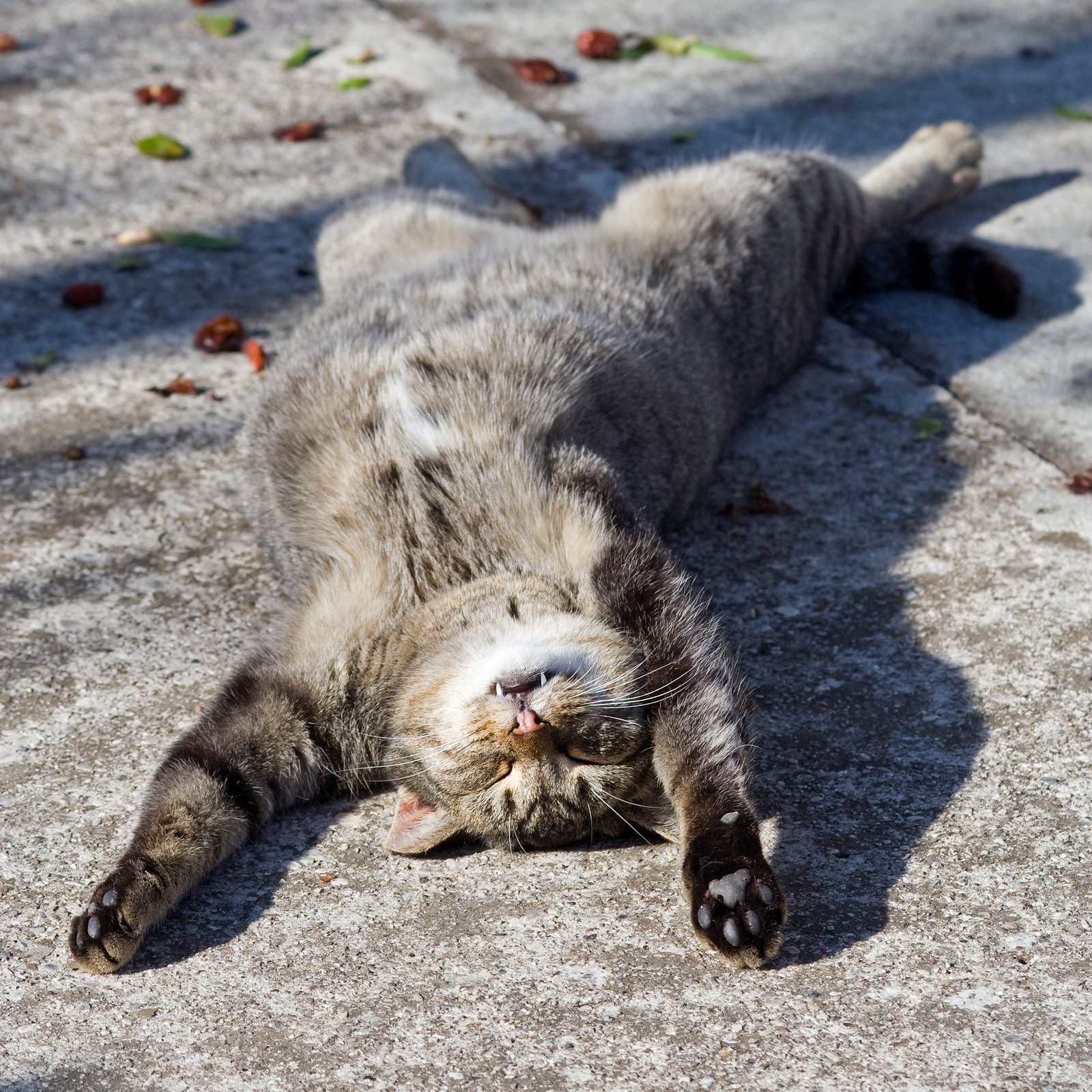
Cats are at their most vulnerable when they sleep, so if your cat chooses to nap near or even snuggle up with another cat, it means they feel safe together. Shared sleeping spaces are a clear sign of trust and friendship. You might see them curled up in the same bed or even touching paws—these are signs of deep comfort. Even sleeping in the same room or close quarters suggests your cat doesn’t just tolerate but actually enjoys the other’s presence. It’s like when people fall asleep on the same couch—it only happens when everyone feels at ease.
Playful Interactions: Chasing Without the Claws

Play is a huge part of feline friendship. If your cats chase each other, pounce, and wrestle without hissing or growling, they’re engaging in healthy play. Look for signs like taking turns being the “chaser” and “chased,” gentle batting, and quick recovery if things get rough. Playful cats often display loose, bouncy movements and will pause if the other needs a break. If your cats play together daily, it’s a great sign they genuinely enjoy each other’s company. Think of it as the feline version of sharing jokes or inside stories.
Peaceful Mealtimes: Sharing Resources
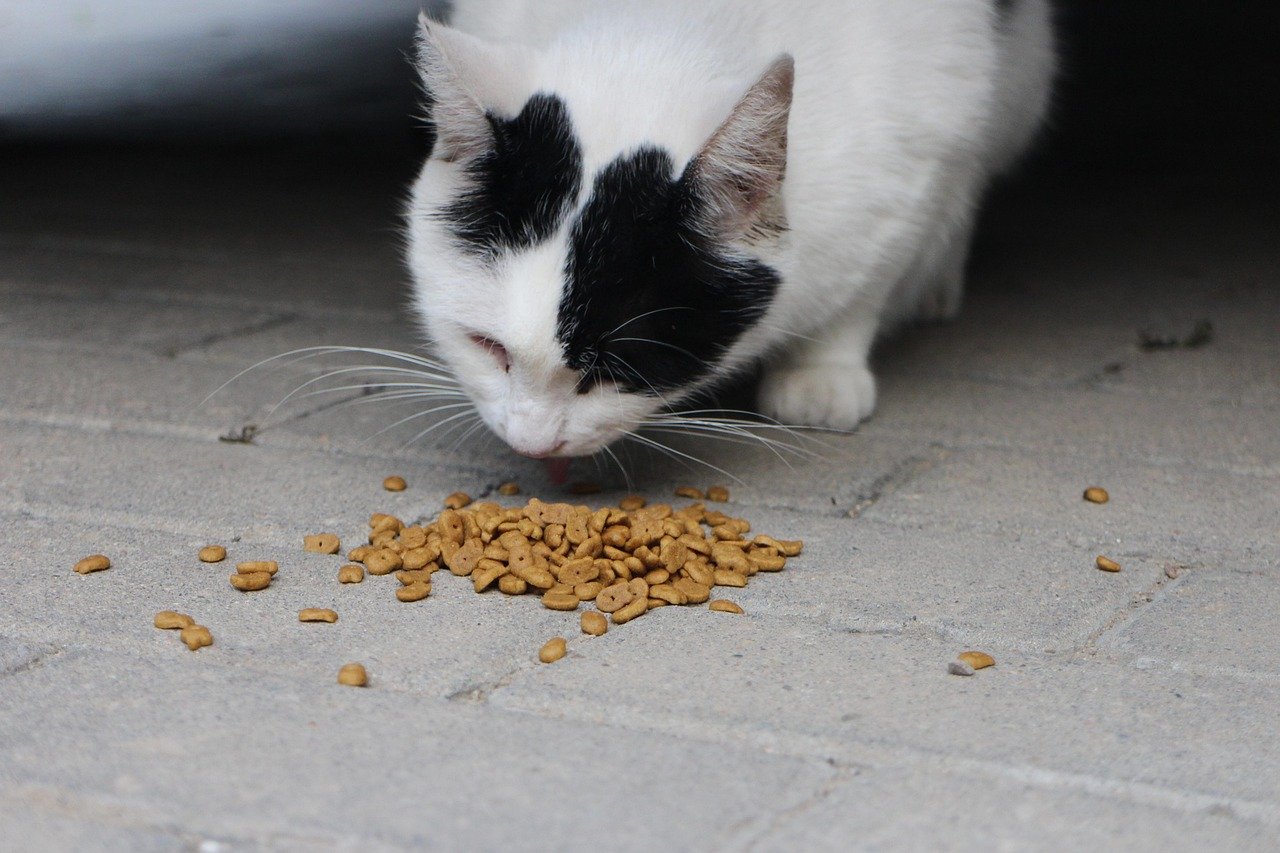
Food can be a hot-button issue for cats, so if yours can eat side-by-side without tension, it’s a great sign of harmony. Cats who dislike each other will often guard their food, eat quickly, or even swipe at rivals. But if your cats happily munch in the same space, or even swap bowls without drama, it shows a comfortable relationship. Some cats will even wait for the other to finish before eating leftovers—a sign of trust and respect.
Following Each Other: The Cat Parade

When your cat shadows another around the house, it’s often a sign of interest or affection. Cats who follow each other from room to room are demonstrating curiosity and comfort. They may not always interact directly, but this kind of trailing behavior is like saying, “I enjoy being near you.” Sometimes, one cat will lead and the other will follow, switching roles throughout the day. It’s reminiscent of old friends who don’t need to talk constantly but like sharing the same space.
Respecting Boundaries: A Sign of True Friendship

A cat that understands and respects another’s boundaries is showing maturity and friendship. If one cat walks away and the other doesn’t press further, or they take turns using the scratching post, it’s a sign of mutual respect. Cats who genuinely dislike each other will often challenge boundaries, leading to hissing or swatting. Respectful distance, shared without tension, suggests your cats have learned to live together peacefully—sometimes the best friendships are quiet ones.
Shared Scent Marking: Mixing Their “Perfume”
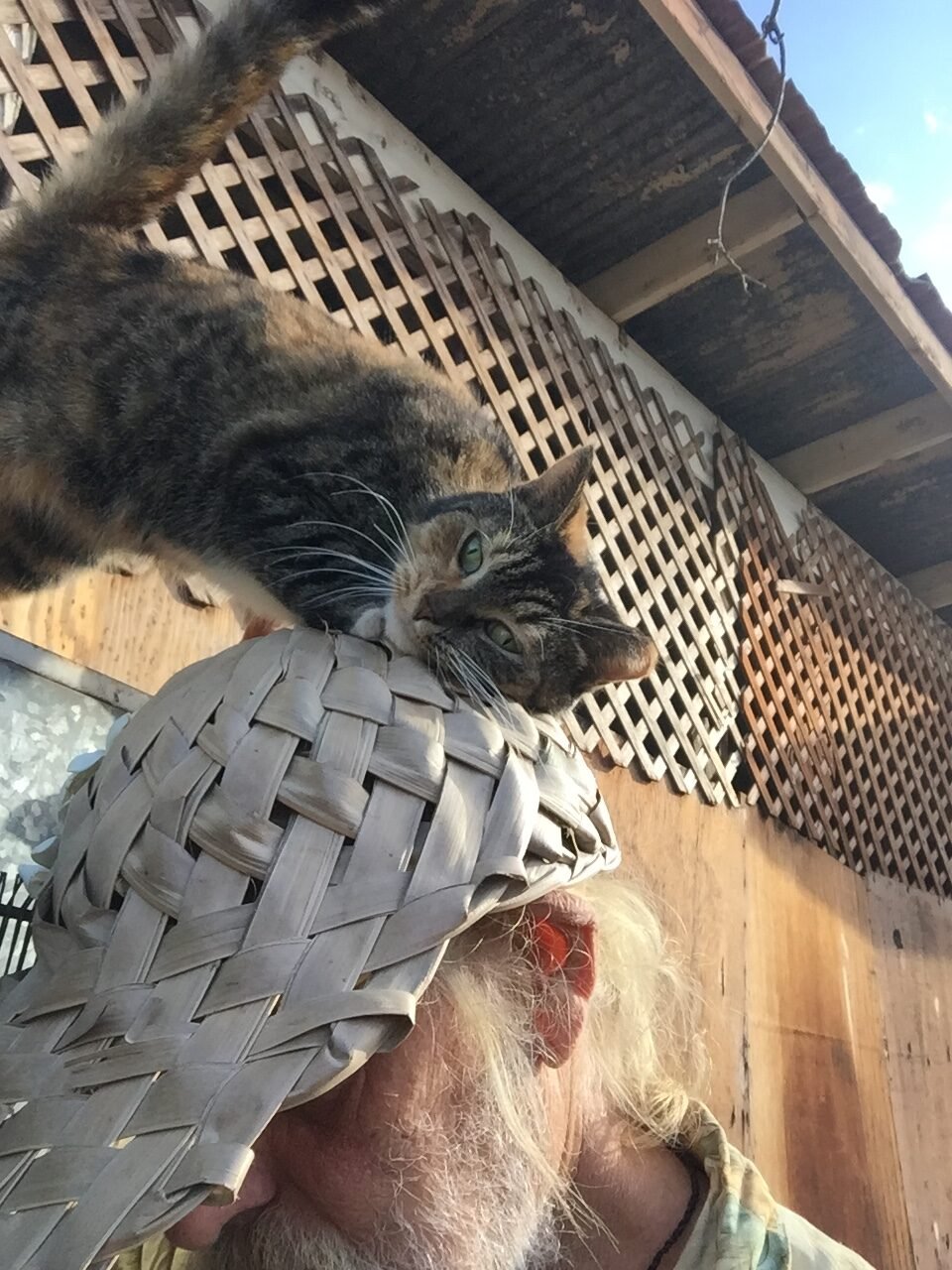
Cats have scent glands on their cheeks and heads, and when they rub these areas on each other, they’re mixing scents—a powerful sign of acceptance. You might see your cats head-butting or cheek-rubbing, which is their way of creating a shared “group scent.” This scent-blending makes them feel like part of the same family. It’s the feline equivalent of sharing a family handshake or wearing matching bracelets.
Vocalizations: The Chatter of Companionship

Cats use a variety of sounds to communicate, and friendly vocalizations between cats are distinct from aggressive ones. You might hear soft chirps, gentle trills, or quiet mews exchanged between feline friends. These sounds are like little greetings or conversations—think of two friends laughing together. Loud yowls, hissing, or growling are warning signs, but soft chatter means your cats are comfortable and possibly even enjoying a gossip session.
Tail Positions: The Mood Meter
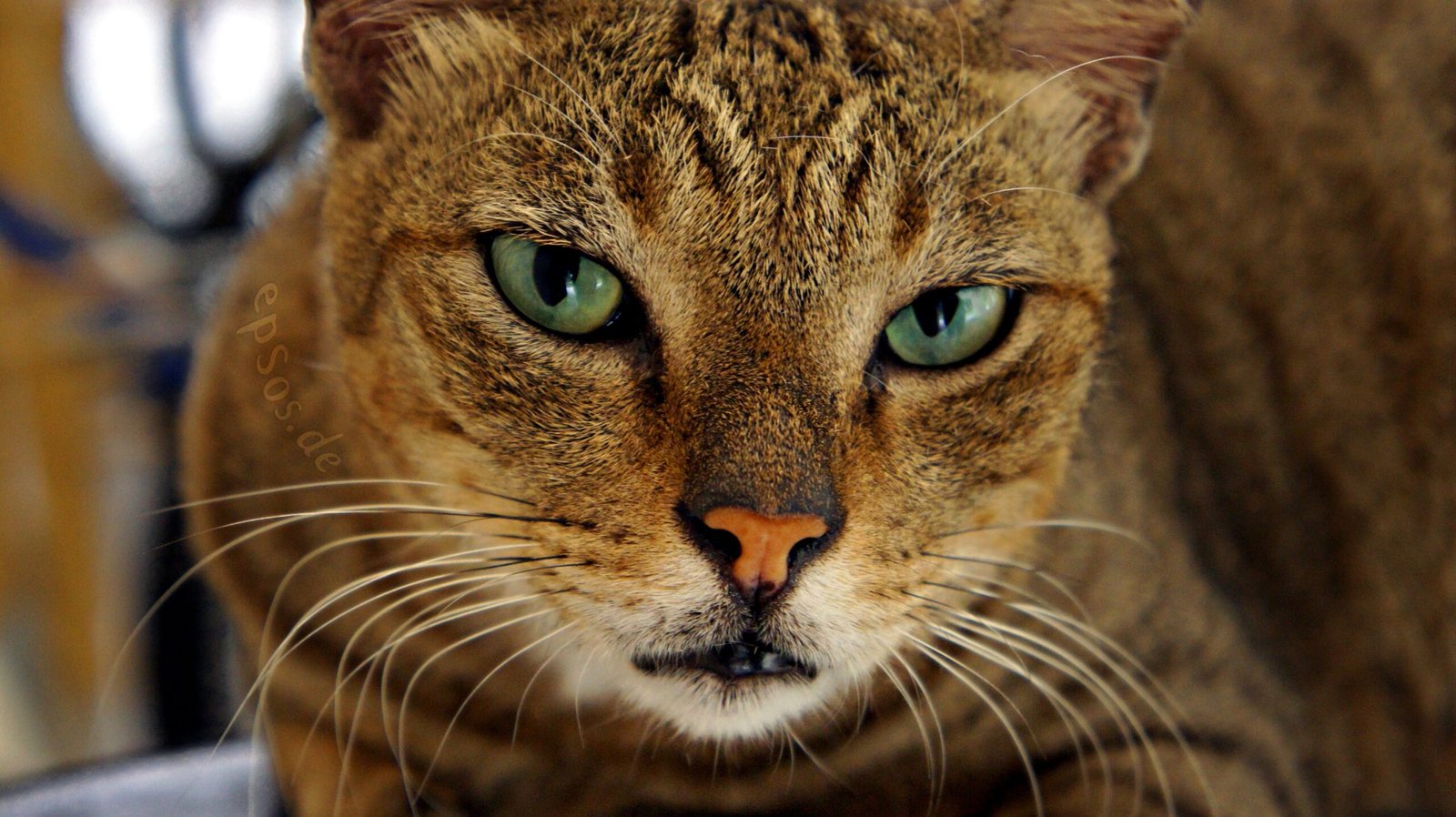
A cat’s tail is like a mood ring—pay close attention to its position around other cats. An upright tail with a slight curve at the tip is a sign of friendliness and confidence. Sometimes, cats will even wrap their tails around each other, which is a huge gesture of trust. If you notice relaxed, gently swishing tails when your cats are together, it’s a promising sign. Conversely, puffed-up or stiff tails mean stress or fear.
Face-to-Face Encounters: Signs of Openness
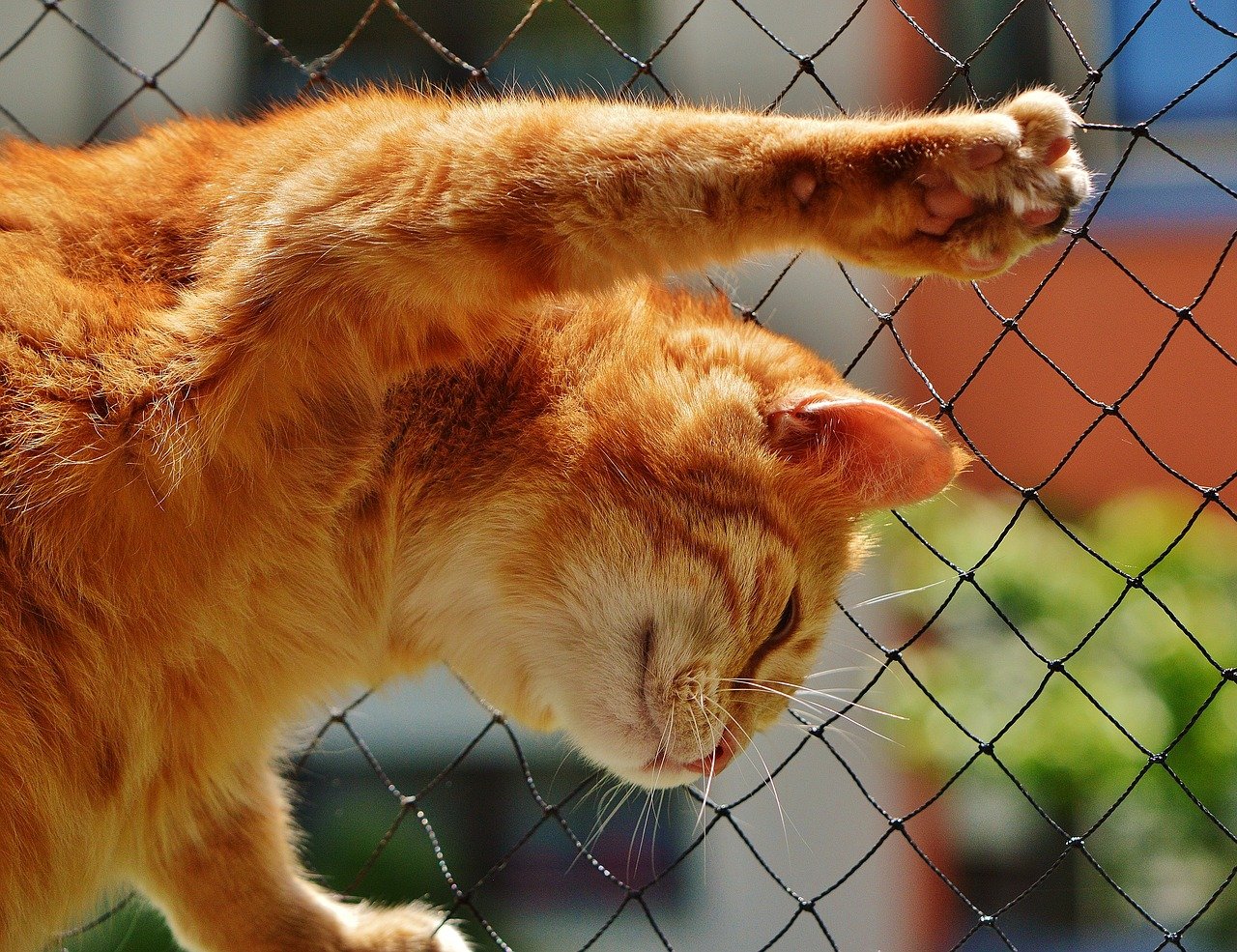
When cats meet face to face and there’s no hissing or backing away, it’s a positive sign. Cats who like each other may touch noses, gently sniff, or rub faces. These encounters are like polite greetings, and a relaxed approach means your cats are open to interaction. If your cats sit calmly in each other’s presence, especially during these meetings, it’s a straightforward sign of acceptance.
Relaxed Grooming and Stretching Near Each Other
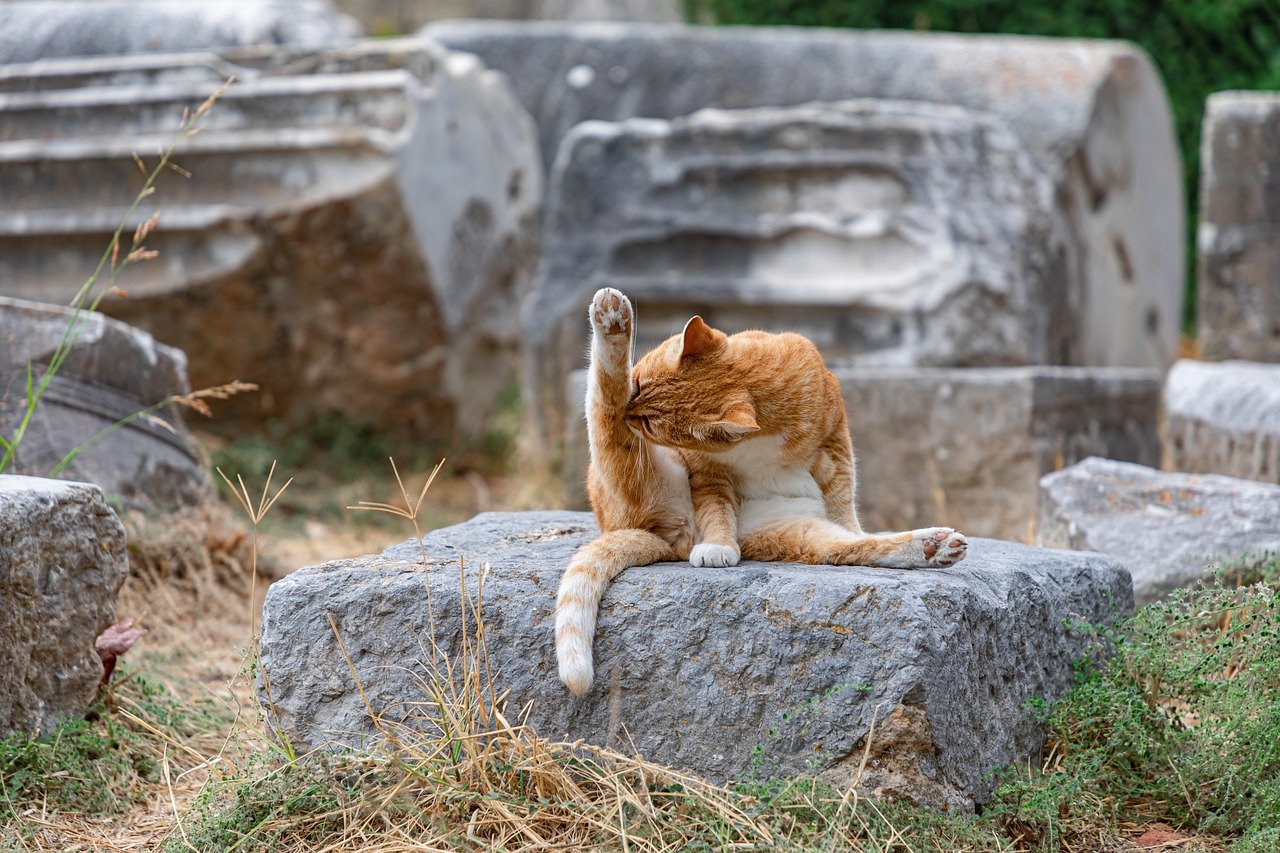
Cats groom themselves most when they feel safe, so if your cat starts cleaning itself near another cat, it’s showing trust. Stretching is another sign of comfort—cats won’t expose their bellies or stretch out unless they feel secure. If you see your cats doing these things side by side, it’s a subtle but sure sign of friendship. It’s as if they’re saying, “I feel relaxed around you.”
Minimal Aggression or Tension

A lack of fighting is sometimes the best indicator that your cats get along. If you rarely hear hissing, growling, or see fighting, your cats are probably content together. Occasional disagreements are normal, just like in any relationship, but constant aggression means something’s not right. Peaceful coexistence, with only minor squabbles, points to a healthy feline relationship.
Curiosity Without Hostility
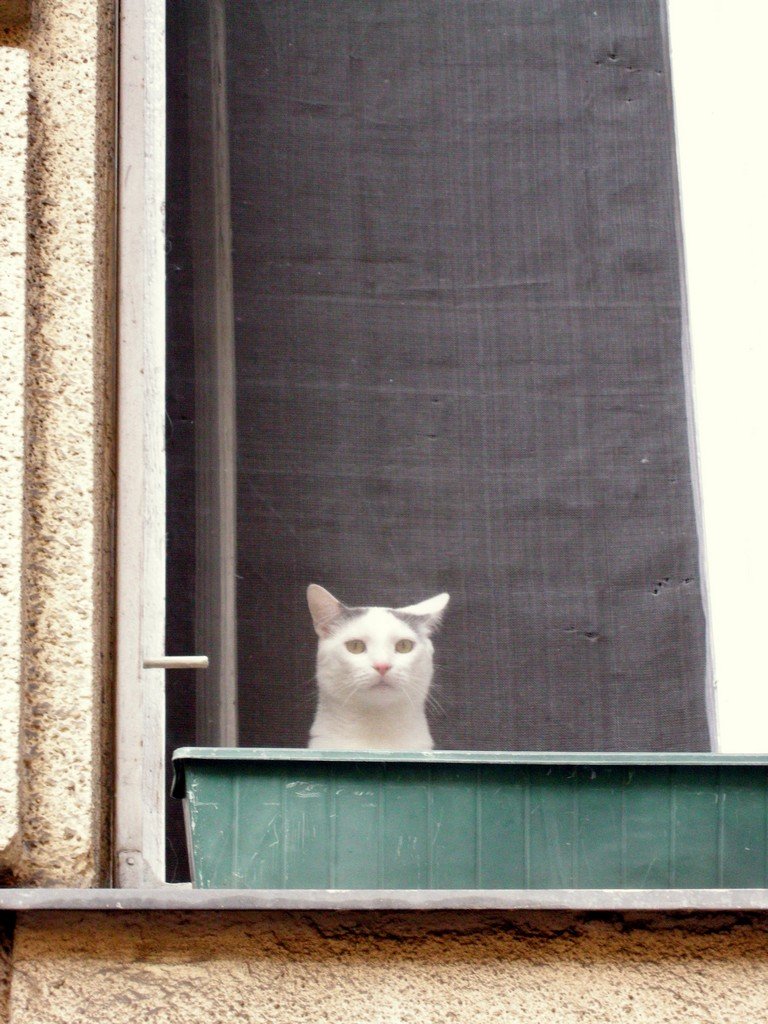
If your cat shows interest in another cat without puffing up, hissing, or acting territorial, it’s a sign of positive curiosity. They might follow each other, sniff, or watch from a distance, but without fear or aggression. This kind of interest is the first step toward building a friendship. It’s like watching people at a party—some dive right in, others observe from the edge, but as long as there’s no animosity, it’s all good.
Sharing Favorite Spots
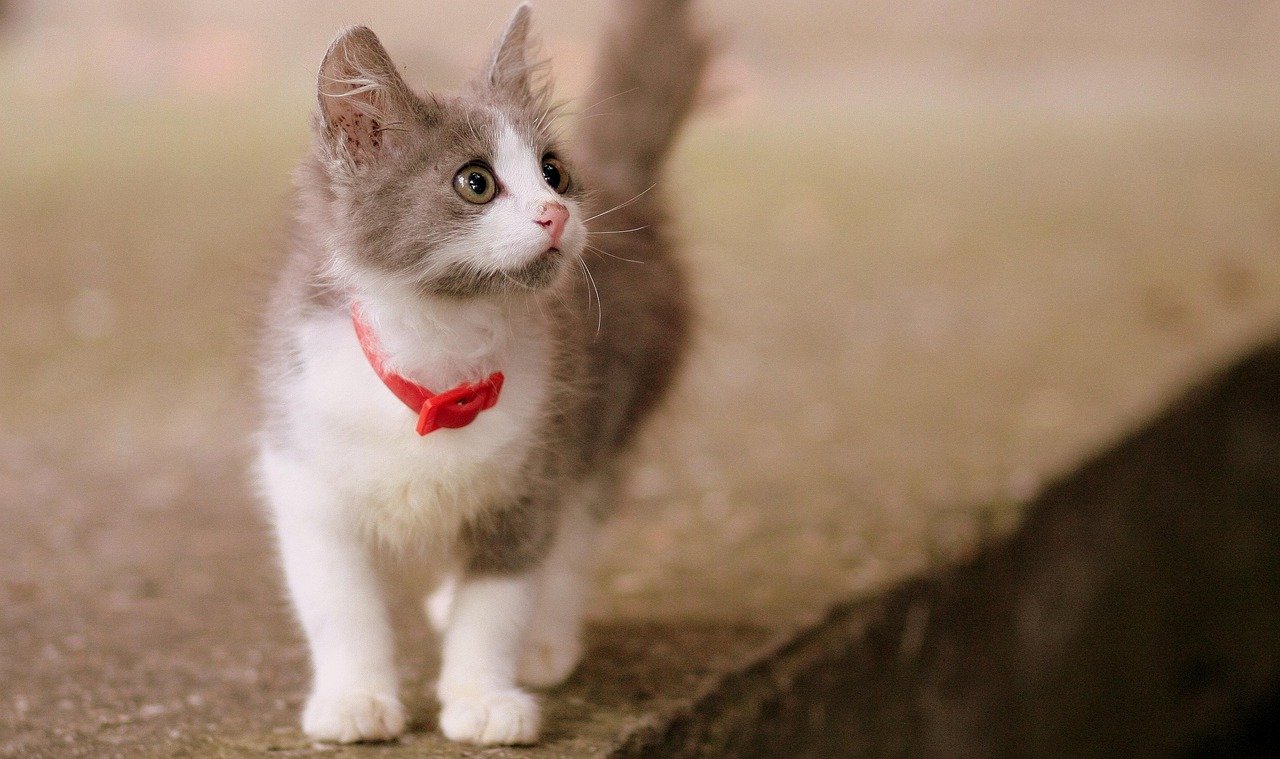
Cats are territorial, so willingly sharing favorite spots—like a sunny window, a cozy blanket, or a favorite perch—is a big deal. If your cats take turns using the same sleeping spot or hang out together in a favorite sunbeam, it’s a sign of acceptance. This sharing shows they don’t see each other as threats and are comfortable with each other’s presence.
Welcoming New Cats: The Adjustment Period
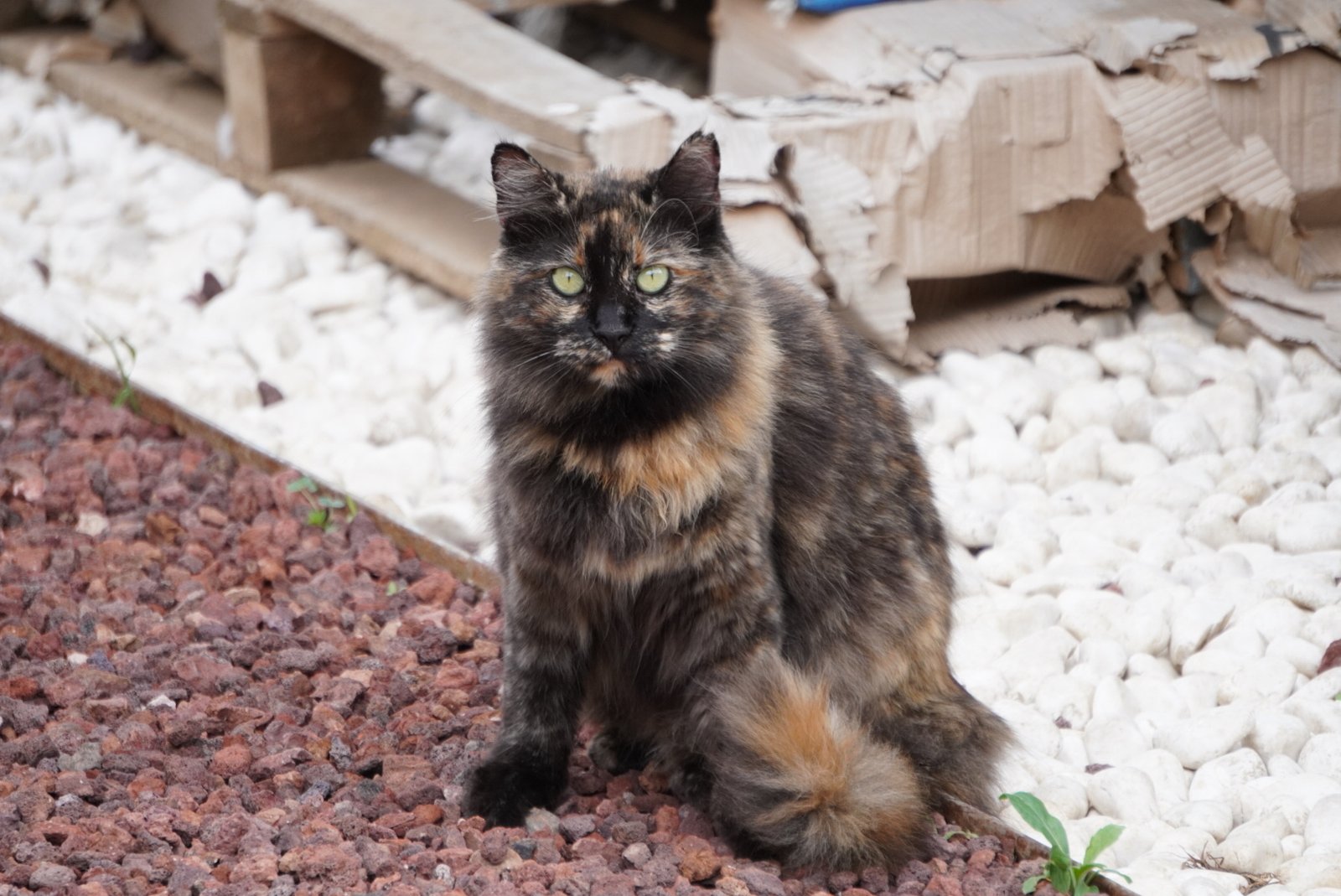
When introducing a new cat, the adjustment period can be telling. If your resident cat shows curiosity, playfulness, or even just calm indifference, it’s a good sign. Signs of acceptance can be subtle: sniffing under doors, relaxed postures, or even a gentle paw swipe. If your cat hides or becomes aggressive, it may need more time. Positive reactions in the first few weeks often predict long-term harmony.
Seeking Out Each Other’s Company

A cat that actively seeks out another cat for play, sleep, or grooming is showing a clear sign of affection. They might instigate play sessions, wait for the other to finish using the litter box, or meow for attention when apart. This desire for togetherness is a sure sign your cats not only tolerate but genuinely enjoy each other’s presence. It’s like having a buddy you can’t wait to see.
Mirroring Each Other’s Actions
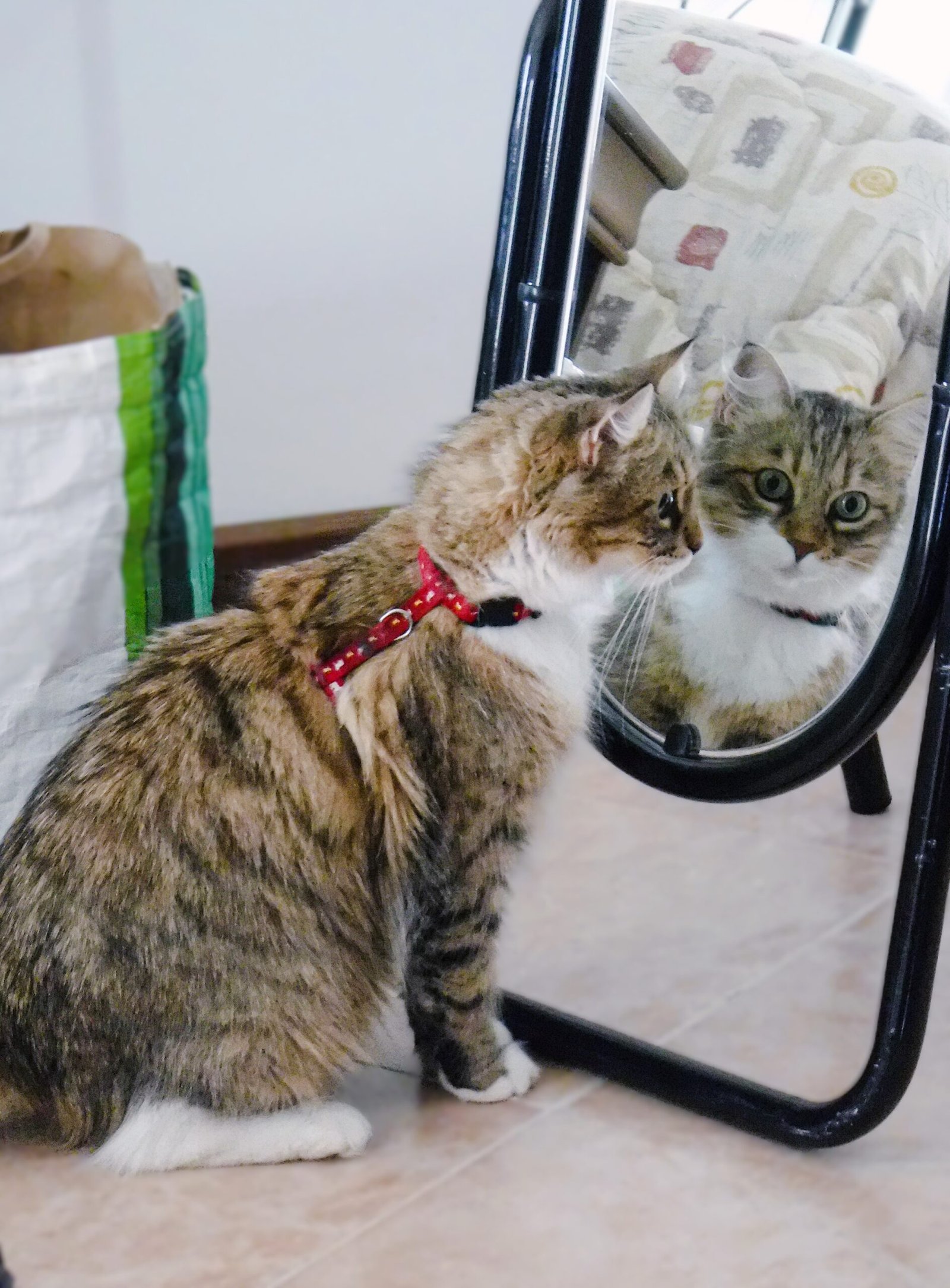
When cats start to mirror each other’s movements—stretching at the same time, eating together, or even using the litter box one after the other—it’s a subtle sign of connection. Mirroring behavior means your cats feel comfortable and are in sync. It’s a bit like two friends who start finishing each other’s sentences or laughing at the same things without speaking.
Comfort During Stressful Events

During stressful times—like fireworks, storms, or trips to the vet—cats who like each other may seek comfort by staying close. If you notice your cats huddled together or seeking reassurance from each other, it’s a sign of a strong bond. This behavior shows they trust and rely on each other when things get tough, solidifying their friendship in the most genuine way.
Cats have their own language when it comes to friendship, and understanding their signals can turn you into a true feline whisperer. Every cat is unique, but these behaviors are solid clues your cat doesn’t just tolerate but actually likes other cats.
Hi, I’m Bola, a passionate writer and creative strategist with a knack for crafting compelling content that educates, inspires, and connects. Over the years, I’ve honed my skills across various writing fields, including content creation, copywriting, online course development, and video scriptwriting.
When I’m not at my desk, you’ll find me exploring new ideas, reading books, or brainstorming creative ways to solve challenges. I believe that words have the power to transform, and I’m here to help you leverage that power for success.
Thanks for stopping by, Keep coming to this website to checkout new articles form me. You’d always love it!






